 The 2013 Space Elevator Conference wrapped up today with another full schedule. Attendees got one last “fill” of informative and interesting presentations as well as a chance to participate in 2 more workshops.
The 2013 Space Elevator Conference wrapped up today with another full schedule. Attendees got one last “fill” of informative and interesting presentations as well as a chance to participate in 2 more workshops.
The first activity of the day was an informal polling of the audience as to this question: What would you do with a space elevator? The answers ranged from the serious (colonize the Moon & Mars, send radioactive waste to the sun or to the moon for storage) to the whimsical (bring old cars up the tether and drop them from several kilometers up and then watch them burn up in the atmosphere!). This activity happens at every Conference and it’s always interesting to see what new ideas arise. The exercise does serve a serious purpose, helping to identify potential customers for a functioning Space Elevator.
 The first presentation of the day was Electric Currents on the Space Elevator and was given by Dennis Wright. He addressed one of the objections that is commonly raised against the space elevator, the concern of electrical currents which might be induced in the Space Elevator by various space-related factors and the fact that a Space Elevator is, in fact, a 100km long object that rotates along with the earth. There are many unknowns about a structure like this, but Mr. Wright took the “knowns”, added some reasonable guesses for the “unknowns”, and came up with some preliminary conclusions. In general, it doesn’t look like these induced currents are much of a problem (big caveat about the unknowns of course), but he did point out a potential electrical danger from broken strands of the elevator. It was a very interesting talk and it’s clear that this type of investigation needs to be ongoing.
The first presentation of the day was Electric Currents on the Space Elevator and was given by Dennis Wright. He addressed one of the objections that is commonly raised against the space elevator, the concern of electrical currents which might be induced in the Space Elevator by various space-related factors and the fact that a Space Elevator is, in fact, a 100km long object that rotates along with the earth. There are many unknowns about a structure like this, but Mr. Wright took the “knowns”, added some reasonable guesses for the “unknowns”, and came up with some preliminary conclusions. In general, it doesn’t look like these induced currents are much of a problem (big caveat about the unknowns of course), but he did point out a potential electrical danger from broken strands of the elevator. It was a very interesting talk and it’s clear that this type of investigation needs to be ongoing.
 This talk was followed by multiple “Shotgun Science Sessions”. This is a fixture of Space Elevator conferences now, a series of “5 minute”, “not ready for prime time” presentations where people can stand up and propose practically anything they want. The audience then has a chance to ask questions and, perhaps, shoot the idea down. These sessions ranged from being a Sci-Fi author, to how to dig regolith on the moon, to using a Space Elevator to send radioactive waste to the sun to everything in between. These are lots of fun and have the added benefit of really getting the audience involved. Presenters also know that they can speak without fear of being ridiculed – every idea is treated respectfully (even when it gets shot down!).
This talk was followed by multiple “Shotgun Science Sessions”. This is a fixture of Space Elevator conferences now, a series of “5 minute”, “not ready for prime time” presentations where people can stand up and propose practically anything they want. The audience then has a chance to ask questions and, perhaps, shoot the idea down. These sessions ranged from being a Sci-Fi author, to how to dig regolith on the moon, to using a Space Elevator to send radioactive waste to the sun to everything in between. These are lots of fun and have the added benefit of really getting the audience involved. Presenters also know that they can speak without fear of being ridiculed – every idea is treated respectfully (even when it gets shot down!).
Following lunch, we then had the final two Workshops of the Conference. This first was conducted by Dr. Bryan Laubscher and was entitled Balloon Experiments Workshop. Dr. Laubscher wants to set up a competition for school age kids (middle school through College) that would, loosely defined, have teams who build Climbers that ascend/descend tethers that hang from balloons. Teams would be judged on the kind of data they could collect, robustness, and several other suggestions made from the audience. I hope Bryan gets this off the ground (pun intended) – it sounds like a lot of fun!
 The last workshop was the Space Elevator Operations Workshop and was orchestrated by Skip Penny. Skip was the chief author of the recently published ISEC study on Space Elevator operations. Skip reviewed the report and its updates and then gave a brief talk on challenges / opportunities in operating a Space Elevator. The group then broke up into several sub-groups, each tasked with looking at a different problem or challenge in Space Elevator operations. It was interesting, but not really unexpected, that the sub-groups came up with more questions than answers…
The last workshop was the Space Elevator Operations Workshop and was orchestrated by Skip Penny. Skip was the chief author of the recently published ISEC study on Space Elevator operations. Skip reviewed the report and its updates and then gave a brief talk on challenges / opportunities in operating a Space Elevator. The group then broke up into several sub-groups, each tasked with looking at a different problem or challenge in Space Elevator operations. It was interesting, but not really unexpected, that the sub-groups came up with more questions than answers…
The day wound up with an open conversation between the audience and the Conference organizers as to possible improvement for future events & conferences. There were lots of good ideas presented as to advertising, affiliations and workshops and I’m sure the conference organizers will use this input to make next year’s conference even better.
So, the 2013 Space Elevator Conference has come to a close – and it was a wonderful 3 days. Once again I learned a lot, met a lot of interesting and fun people and had my enthusiasm for the Space Elevator project brought to new heights (once again, pun intended).
See you here next year!
(The top picture thumbnail is of Dennis Wright giving his presentation on Electric Currents on the Space Elevator. The middle thumbnail is of one of the Shotgun Science presenters – Jun Kikuchi – giving his presentation on why a Space Elevator would be very handy to have – to lift radioactive waste off of the planet and to fling it towards the sun. The bottom thumbnail is of Skip Penny, orchestrating the Space Elevator Operations Workshop. By clicking on any of the thumbnails, you can see a full-size version of the picture.)




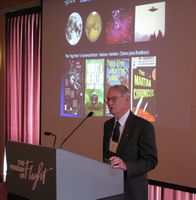

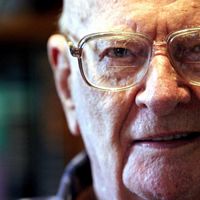 An oldie, but still goodie, and, with the
An oldie, but still goodie, and, with the 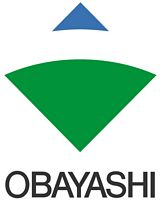 The Japanese construction company Obayashi (
The Japanese construction company Obayashi ( A final reminder, registration for the upcoming
A final reminder, registration for the upcoming  This is truly interesting. As reported in the paper
This is truly interesting. As reported in the paper  The ISEC eNewsletter for July has just been released and is available
The ISEC eNewsletter for July has just been released and is available 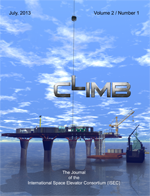
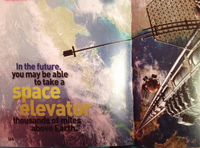
 The Proceedings for last year’s Space Elevator Conference are now available at the
The Proceedings for last year’s Space Elevator Conference are now available at the 



 Sunday is the last day to purchase tickets for the upcoming
Sunday is the last day to purchase tickets for the upcoming  A recent article in
A recent article in  The ISEC eNewsletter for June has just been released and is available
The ISEC eNewsletter for June has just been released and is available  Tickets for the upcoming Space Elevator Conference are
Tickets for the upcoming Space Elevator Conference are 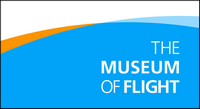 So, don’t wait – sign up now! We have a very full schedule including several presentations and a few workshops. And, as an added bonus,
So, don’t wait – sign up now! We have a very full schedule including several presentations and a few workshops. And, as an added bonus, 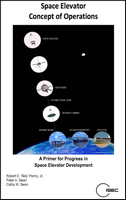

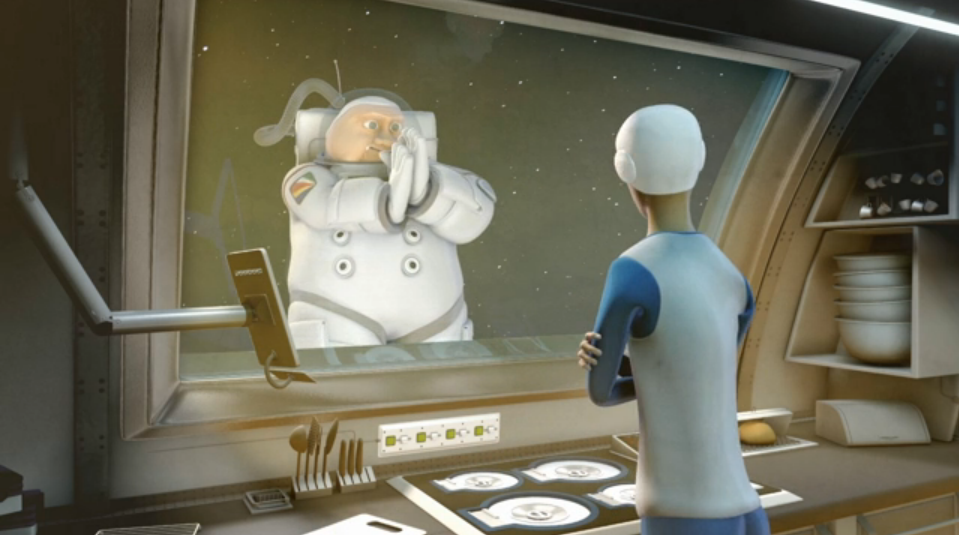



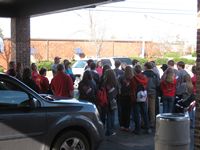
 The
The 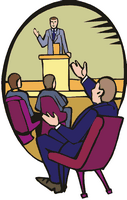 It’s official – the 2013
It’s official – the 2013  I’m a bit behind posting this – the October updates from our
I’m a bit behind posting this – the October updates from our 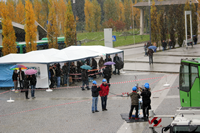
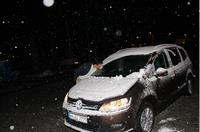
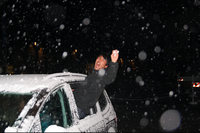
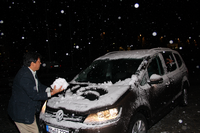
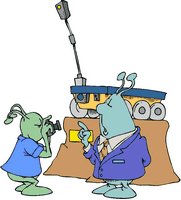 I just found out that Devin Jacobson, a member of the
I just found out that Devin Jacobson, a member of the 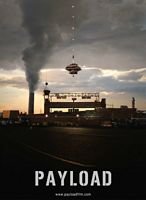 There is a new
There is a new 
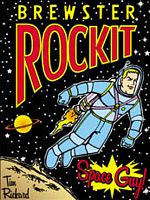 Yes, Brewster Rockit fans, your intrepid hero has now
Yes, Brewster Rockit fans, your intrepid hero has now 
 With Yi-Jeng heading up the effort, I’m confident that ISEC’s eNewsletter will get better by orders of magnitude in the very near future.
With Yi-Jeng heading up the effort, I’m confident that ISEC’s eNewsletter will get better by orders of magnitude in the very near future.
 For the Strong Tether Challenge, however, the
For the Strong Tether Challenge, however, the  Here is a list of the majority of articles that covered the recently completed
Here is a list of the majority of articles that covered the recently completed 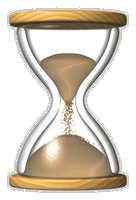 I
I 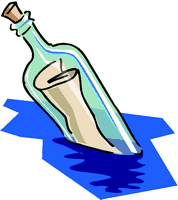 The current issue of the ISEC eNewsletter has been released. This newsletter contains a wrap-up of the just-completed Space Elevator conference, a status update on LiftPort’s
The current issue of the ISEC eNewsletter has been released. This newsletter contains a wrap-up of the just-completed Space Elevator conference, a status update on LiftPort’s  In the current online issue of Scientific American, science writer David Appell
In the current online issue of Scientific American, science writer David Appell 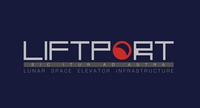 As part of the “LiftPort 2.0” relaunch, Michael Laine and company have created a
As part of the “LiftPort 2.0” relaunch, Michael Laine and company have created a  I spent some time with Michael at the recent Space Elevator Conference (posts about this Conference are coming soon – promise!) and it was very good to interact with him again. He’s a dynamic force in the community and I’m glad he’s back.
I spent some time with Michael at the recent Space Elevator Conference (posts about this Conference are coming soon – promise!) and it was very good to interact with him again. He’s a dynamic force in the community and I’m glad he’s back.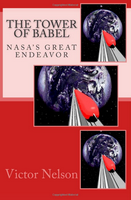 Earth has survived into the third decade of the twenty-first century, but the United States and Communist China have become embroiled in a deadly space race. Whoever succeeds will have a dominant advantage in colonizing Mars and producing military bases in deep space and on Earth’s moon. Although the Chinese have a head start with their project, a recently revivified NASA has developed new technologies that will gain for them a competitive edge. The Chinese will stop at nothing to obtain this classified information and to destroy the American scientific leadership. Magnus Kolden, a brilliant scientist, was oblivious to the ominous signs of trouble and disaster when he was appointed as NASA’s project leader. He has never had an interest in the military applications of this technology, but only in its use for the advancement of science. Nevertheless, he will have to lead the Americans to victory in the largest space endeavor in the history of humankind. A life-long dream of creating a better way to travel into deep space has come with a heavy price. Magnus finds himself pitted against a ruthless enemy agent organization and also against Islamic extremist terrorists. Both organizations will stop at nothing to terminate his pursuits. He is fighting for the safety of his family, his life, and his dreams. Many internal and external forces may sabotage his success. A cataclysmic event will change the course of the story. What revelation will be thrust upon Magnus Kolden?
Earth has survived into the third decade of the twenty-first century, but the United States and Communist China have become embroiled in a deadly space race. Whoever succeeds will have a dominant advantage in colonizing Mars and producing military bases in deep space and on Earth’s moon. Although the Chinese have a head start with their project, a recently revivified NASA has developed new technologies that will gain for them a competitive edge. The Chinese will stop at nothing to obtain this classified information and to destroy the American scientific leadership. Magnus Kolden, a brilliant scientist, was oblivious to the ominous signs of trouble and disaster when he was appointed as NASA’s project leader. He has never had an interest in the military applications of this technology, but only in its use for the advancement of science. Nevertheless, he will have to lead the Americans to victory in the largest space endeavor in the history of humankind. A life-long dream of creating a better way to travel into deep space has come with a heavy price. Magnus finds himself pitted against a ruthless enemy agent organization and also against Islamic extremist terrorists. Both organizations will stop at nothing to terminate his pursuits. He is fighting for the safety of his family, his life, and his dreams. Many internal and external forces may sabotage his success. A cataclysmic event will change the course of the story. What revelation will be thrust upon Magnus Kolden? Space Elevator Conference chair David Horn was interviewed by BBC’s Richard Hollingham recently and the result of that interview is posted
Space Elevator Conference chair David Horn was interviewed by BBC’s Richard Hollingham recently and the result of that interview is posted 

 Planning for the 2012 European Space Elevator Challenge (EuSPEC) is well underway. This is the second year this competition is being held and it will occur October 25th through the 28th in Munich, Germany.
Planning for the 2012 European Space Elevator Challenge (EuSPEC) is well underway. This is the second year this competition is being held and it will occur October 25th through the 28th in Munich, Germany. This coming Monday, July 16th, from 2pm to 3:30pm Pacific time, Dr. Bryan Laubscher, astrophysicist and
This coming Monday, July 16th, from 2pm to 3:30pm Pacific time, Dr. Bryan Laubscher, astrophysicist and  Just a reminder that July 15th is absolutely, positively the very last day you can sign-up to attend the upcoming
Just a reminder that July 15th is absolutely, positively the very last day you can sign-up to attend the upcoming  A few days ago, I
A few days ago, I